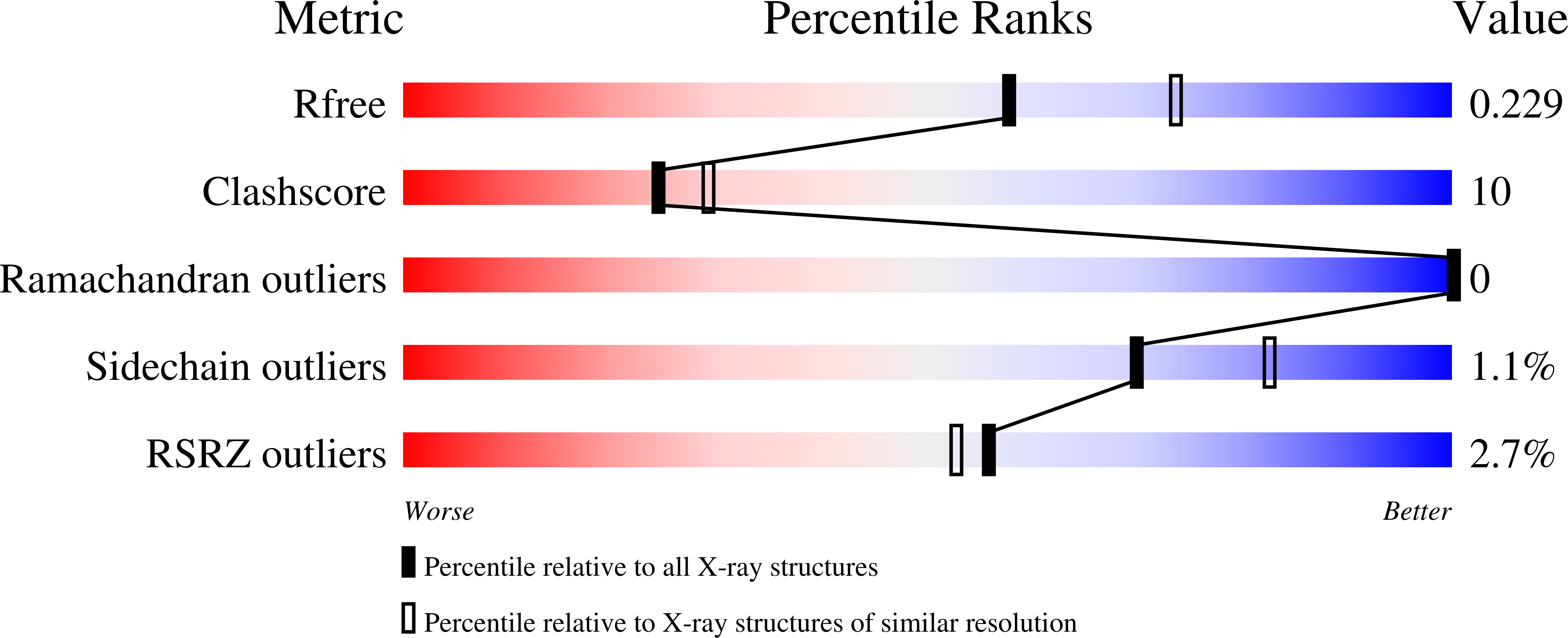
Deposition Date
2024-11-11
Release Date
2025-07-23
Last Version Date
2025-07-23
Method Details:
Experimental Method:
Resolution:
2.20 Å
R-Value Free:
0.22
R-Value Work:
0.15
R-Value Observed:
0.16
Space Group:
I 1 2 1


